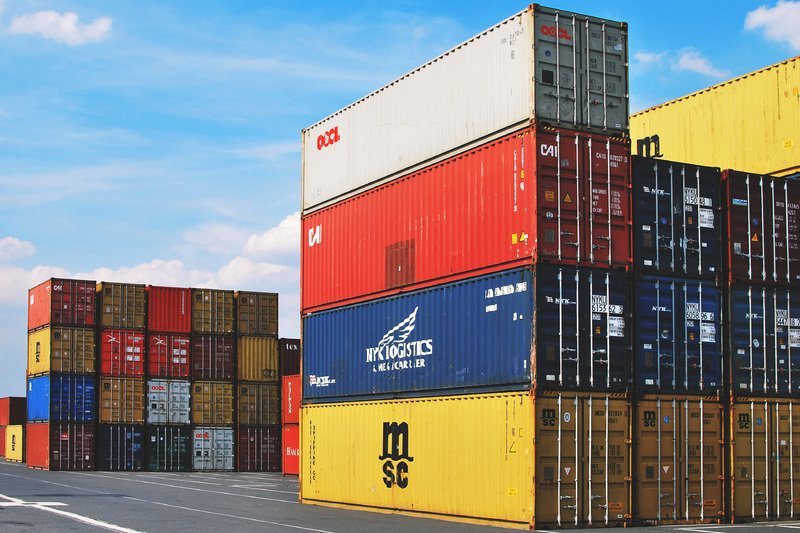Road freight transport across the European Union remained steady in 2024, reaching a total annual volume of 1 869 billion tonne-kilometres.
This marked a slight increase from 1 857 billion in 2023, amounting to a marginal year-on-year rise of 0.6 per cent.
The figures, published this week by Eurostat, reflect the resilience of the road freight sector in the face of continued demand across key supply chains.
Poland maintained its position as the EU’s leading country in road freight transport, recording 368 billion tonne-kilometres in 2024.
This figure represented almost 20 per cent of the entire EU total.
Germany followed with 281 billion tonne-kilometres, accounting for 15 per cent.
Spain also held a 15 per cent share with 272 billion tonne-kilometres.
France reported 174 billion tonne-kilometres, representing 9 per cent of the total, while Italy registered 153 billion, or 8 per cent.
Together, these five countries were responsible for 67 per cent of all EU road freight transport in 2024.
Among smaller economies, Czechia recorded 70 billion tonne-kilometres, Romania 67 billion, Lithuania 66 billion, and the Netherlands 63 billion.
These figures underline the significant contribution of both larger and smaller economies to the sector.
According to Eurostat, the composition of goods transported also remained largely unchanged compared with 2023.
This stability, it said, highlights consistent demand in essential logistics areas such as food, construction, and chemicals.
“Food products, beverages and tobacco continued to dominate,” Eurostat reported.
In 2024, these goods accounted for 312 billion tonne-kilometres, making them the largest product group transported.
Grouped goods, which include various types of cargo transported together, ranked second with 237 billion tonne-kilometres.
Agriculture, forestry and fishing products followed with 208 billion tonne-kilometres.
Other major categories included non-metallic mineral products at 137 billion tonne-kilometres, metal ores and other mining or quarrying products at 132 billion, and chemicals at 116 billion.
These trends reflect the continued movement of heavy and essential materials, supporting production and consumption across the continent.
Eurostat noted that further insights and detailed breakdowns are available in its full Statistics Explained article on road freight transport statistics.
The agency said the ongoing strength of the sector reinforces its importance to the EU economy and to supply chain stability.







Click here to change your cookie preferences